Celebrating queer horror movies and the like shouldn’t only happen in June. Understanding your history as part of the LGBTQ community is crucial all year—knowing what came before helps shape the present and the future. Depicting queerness in horror is complicated; while horror at its very core is queer, explicitly queer or queer-coded characters don’t always survive. It doesn’t matter if they are the victim or the villain. Queer characters still deserve to be triumphant and survive if the story permits it.
Revisiting earlier queer horror helps us understand how far representation has come. Some older horror movies haven’t aged well, and some don’t break the problematic thermometer. But there are also some queer horror movies that are legendary. Here are some of the best queer horror classics—none of them were released after the ’80s.
10. Dracula’s Daughter (1936)
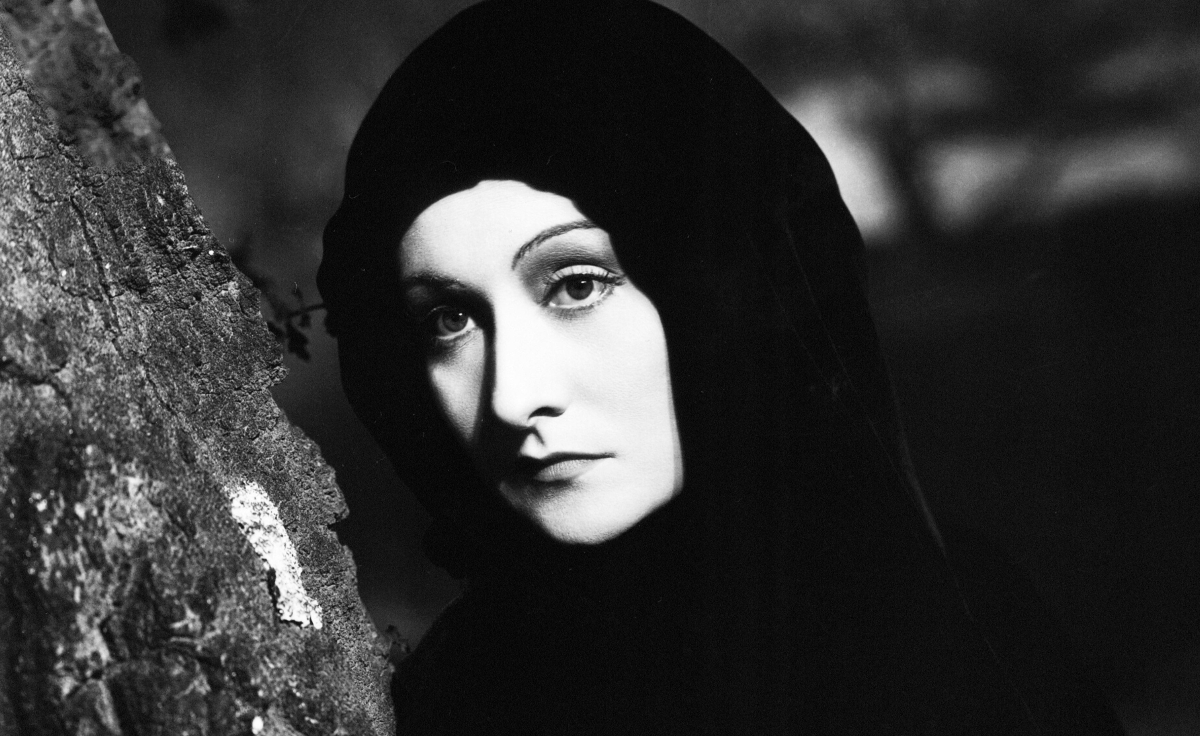
Dracula’s Daughter isn’t as widely discussed as Dracula and that’s a shame. The film is about Countess Marya Zaleska (Gloria Holden), the daughter of Dracula (Bela Lugosi), who seeks “normalcy” and wishes to be like other people. The queer allegory is incredibly strong in this film and the lesbian undertones were exploited during the film’s initial release. Dracula’s Daughter is essential queer viewing because of the queer allegories, Countess Zaleska’s arc, and also the ending—which is very tragic when taking the Countess’ queerness into account.
9. Rebecca (1940)
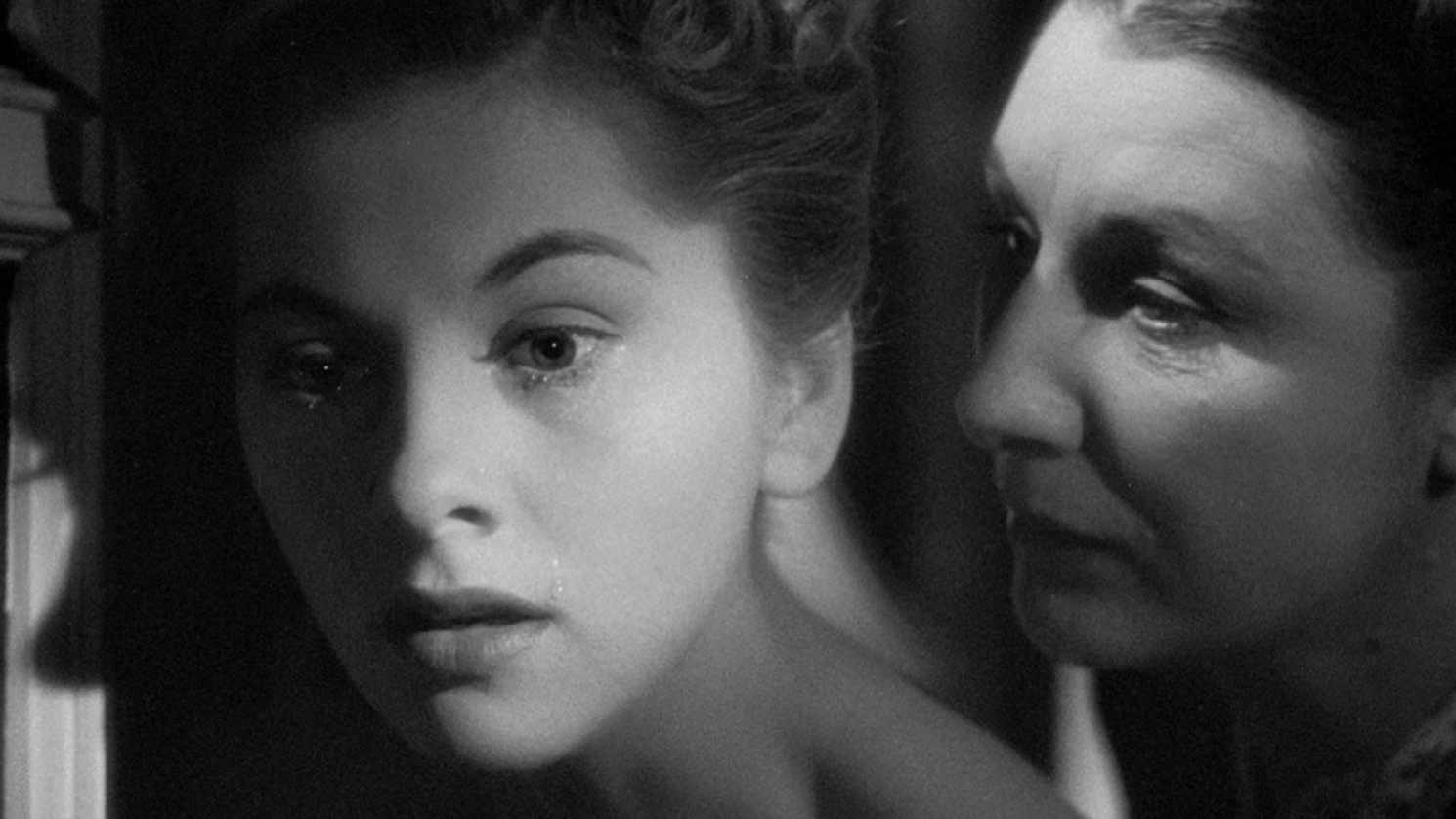
Rebecca is a psychological thriller that focuses on a young woman who is forced to live up to the memory of her husband’s deceased wife. The queerness in Rebecca comes from Mrs. Danvers (Judith Anderson) and her former relationship with Rebecca. Throughout the film Mrs. Danvers speaks about the late Mrs. de Winter with an intensity and fondness that doesn’t come across as platonic. And it’s not that difficult to read between the lines when she’s waxing poetic about her memories. You can learn more about how queer people see Mrs. Danvers by watching the Shudder docuseries Queer for Fear.
8. Daughters of Darkness (1971)
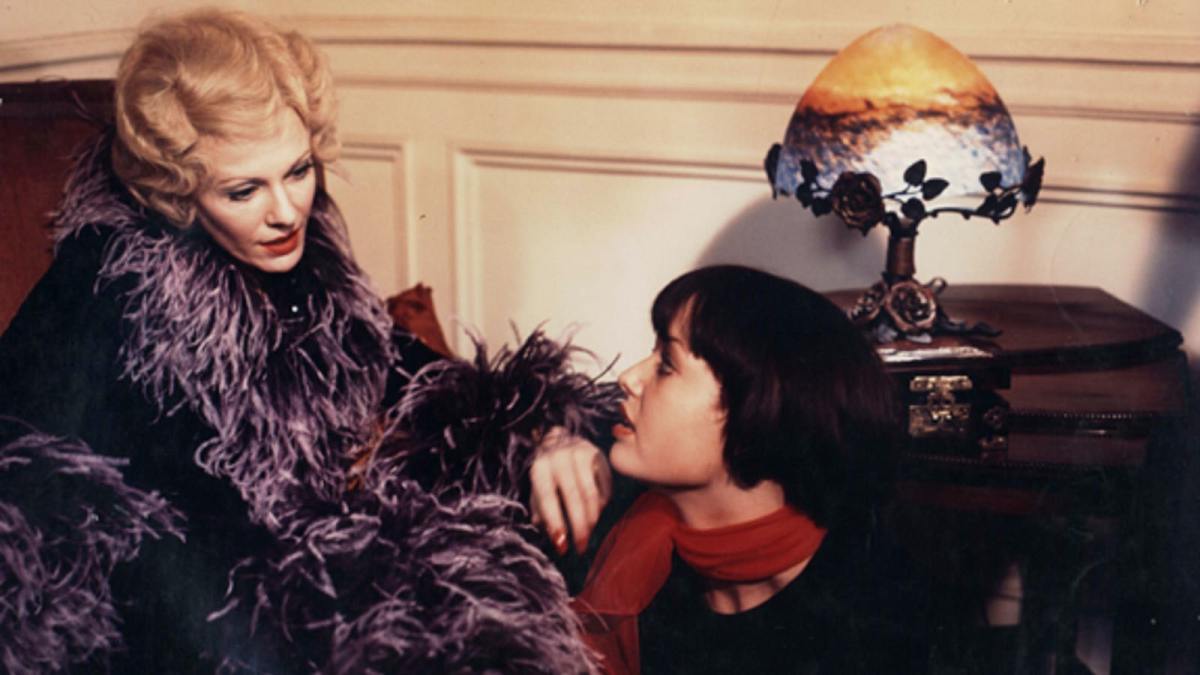
Queer awakenings are fascinating to watch, especially in a horror film like Daughters of Darkness. Throughout history, vampires have radiated sex appeal and queerness. The film follows Valerie (Danielle Ouimet) and Stefan (John Karlen) on their honeymoon stay at a French hotel where they meet Countess Bathory (Delphine Seyrig), an infamous vampire who eventually seduces Valerie. Daughters of Darkness isn’t lacking as far as queer characters go (even Stefan is implied to be queer) and there’s a clear rejection of heteronormativity before the film ends. Although the Countess’ demise is very much in line with the Bury Your Gays trope, there’s still a lot to be said about Valerie embracing her queerness and living freely at the very end.
7. The Rocky Horror Picture Show (1975)
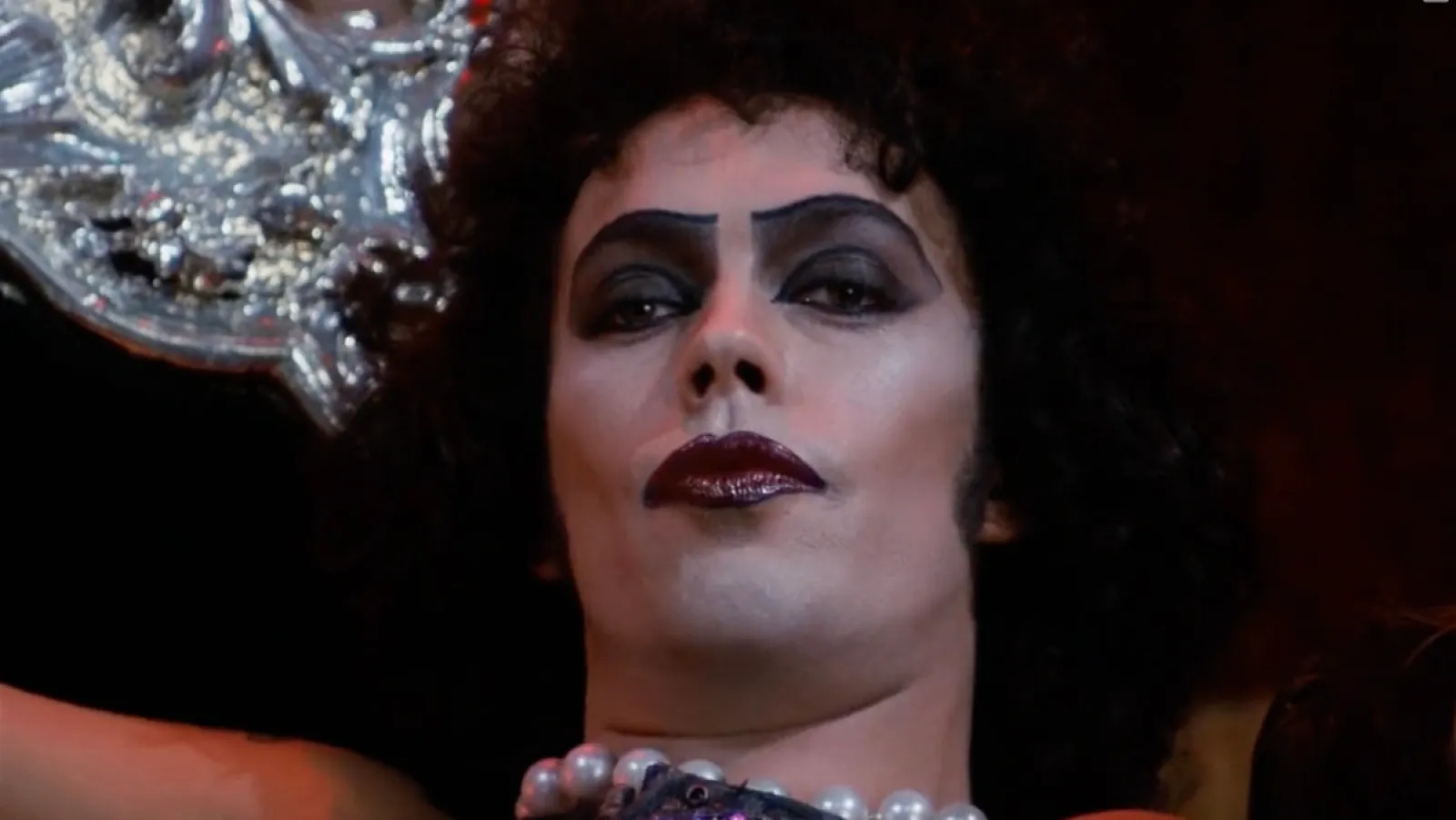
I doubt we will ever forget about The Rocky Horror Picture Show. Does The Rocky Horror Picture Show have a shaky plot involving alien cannibals, a man created by a mad genderqueer scientist, and a deeply unhappy hetero couple? Yes to all of the above. Frank N’ Furter (Tim Curry) has certainly contributed to queer awakenings for many. Essentially every character is deliberately queer in this film. Most of the songs are memorable, the fashion is still relevant in punk culture, and overall the film and its stage production remain impactful, particularly among queer people. Not to mention a few cast members are queer, including Susan Sarandon.
6. The Hunger (1983)
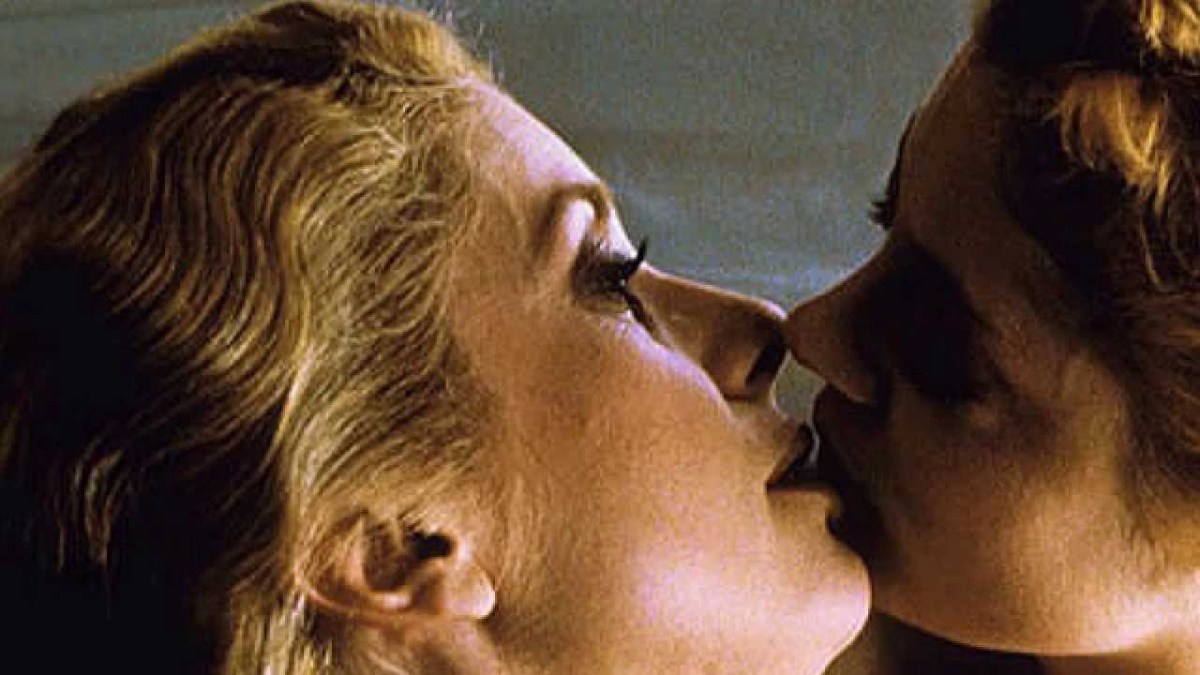
The Hunger is arguably one of the most erotic horror movies ever made. It also has a relatively explicit sapphic sex scene, something not commonly depicted in the early ’80s. The plot overall isn’t very complex. It’s mainly about a vampire couple and a doctor who specializes in aging and sleep research. Naturally there’s a love triangle, betrayal, and sex. But there’s no questioning the queerness of a movie starring David Bowie and Susan Sarandon. If you’re looking for a sexy queer horror movie, believe me when I say you won’t be disappointed with The Hunger.
5. A Nightmare on Elm Street 2: Freddy’s Revenge (1985)
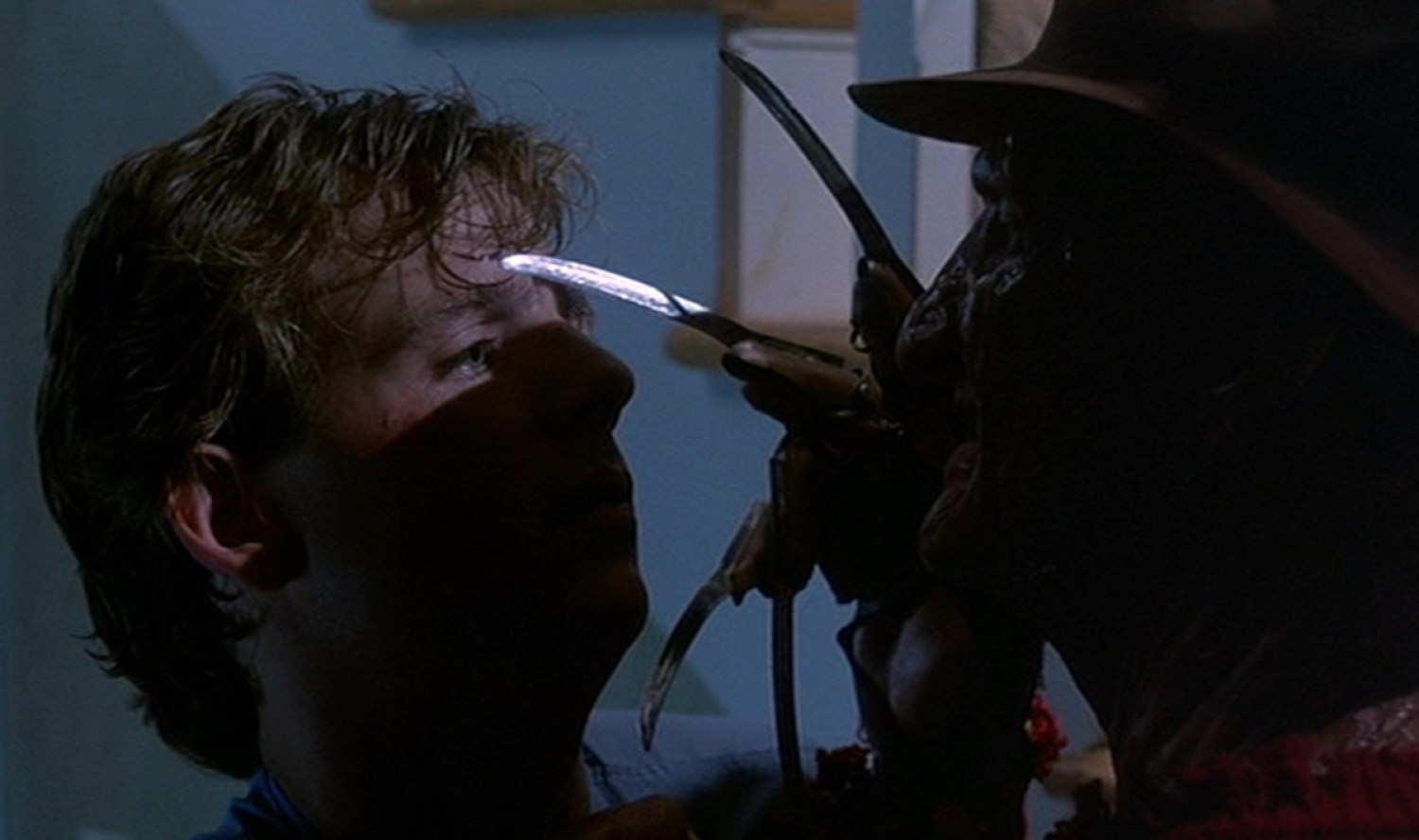
A Nightmare on Elm Street 2: Freddy’s Revenge is somewhat nonsensical as it focuses on Freddy (Robert Englund) trying to enter the real world through a teenager named Jesse Walsh (Mark Patton). But it’s crucial to discuss the queer themes in Freddy’s Revenge, which is less about celebration and more about repression and internalized homophobia—themes that are still relevant today. Ultimately, Freddy’s Revenge is a victim of the time in which it was made, but it belongs on this list because it’s still a queer horror film that people adore. It’s also worthwhile to note that Mark Patton is a gay horror icon and Jesse Walsh is a meaningful character for some queer folks, as explored in the documentary Scream, Queen! My Nightmare on Elm Street.
4. Fright Night (1985)
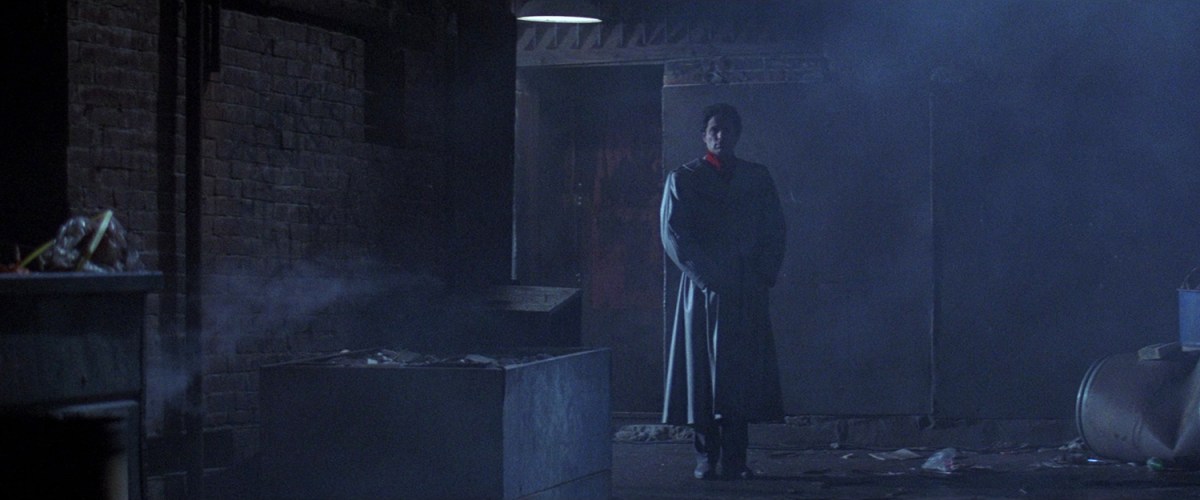
Fright Night is a queer horror classic that has queer actors in it! The film follows Charley (William Ragsdale) and his fixation with his neighbor Jerry Dandridge (Chris Sarandon), whom Charley thinks is a vampire. When nobody believes him about Jerry’s identity, Charley seeks the help of a TV show host named Peter Vincent (Roddy McDowall). Fright Night is so bold in its queerness, from Jerry and Billy (Jonathan Stark), to Evil Ed (Stephen Geoffreys), Peter Vincent, and even Charley and his girlfriend Amy (Amanda Bearse). There are allegories pertaining to homophobia and the tragedy of the AIDS crisis (Evil Ed’s death can be read that way), and Jerry and Billy living together is deliberately queer-coded.
3. The Lost Boys (1987)
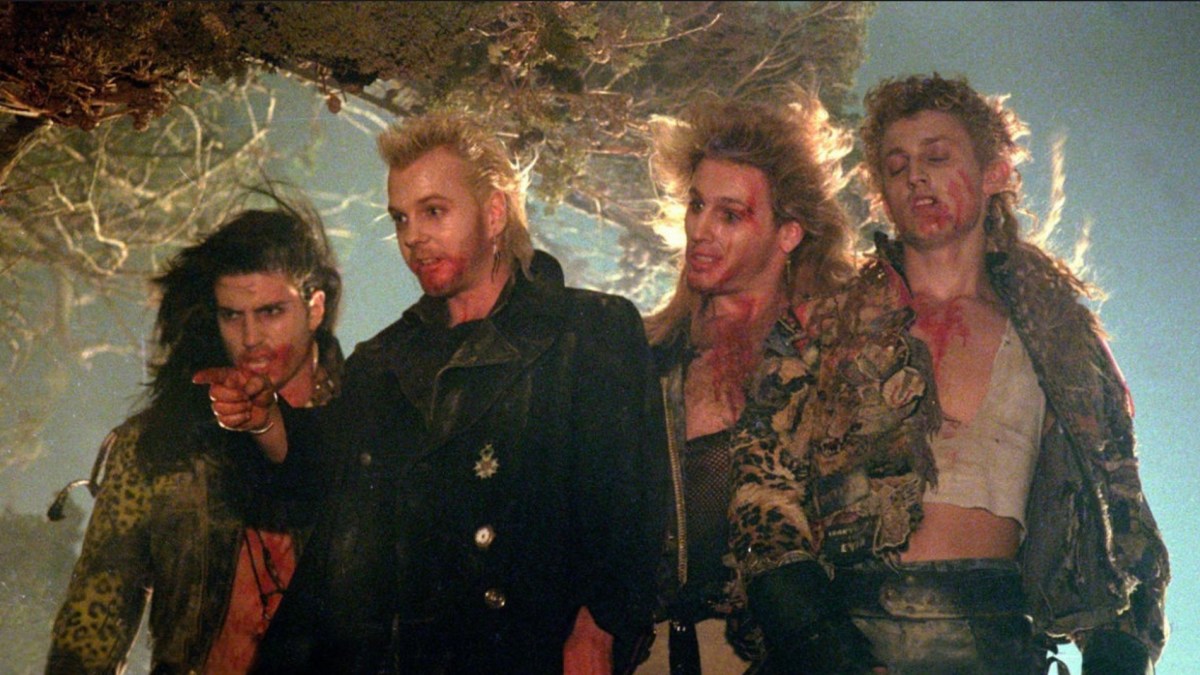
A soundtrack that slaps, memorable characters, and a whole lot of queer subtext. That sums up The Lost Boys (1987) almost perfectly. It helps that director Joel Schumacher was an out gay man. The film follows Michael (Jason Patric), Sam (Corey Haim), and Lucy (Dianne Wiest), a family that moves to California to live with Lucy’s father. Michael is drawn in by a mysterious woman named Star (Jami Gertz), who happens to be a thrall to David (Kiefer Sutherland), the leader of a gang of vampires. Of course Michael gets turned and Sam has to recruit his friends in an effort to save him. Between David and his very fabulous-looking gang, Michael’s push and pull when it comes to David, and Sam’s whole character, there’s no avoiding the queer coding.
2. Hello Mary Lou: Prom Night II (1987)
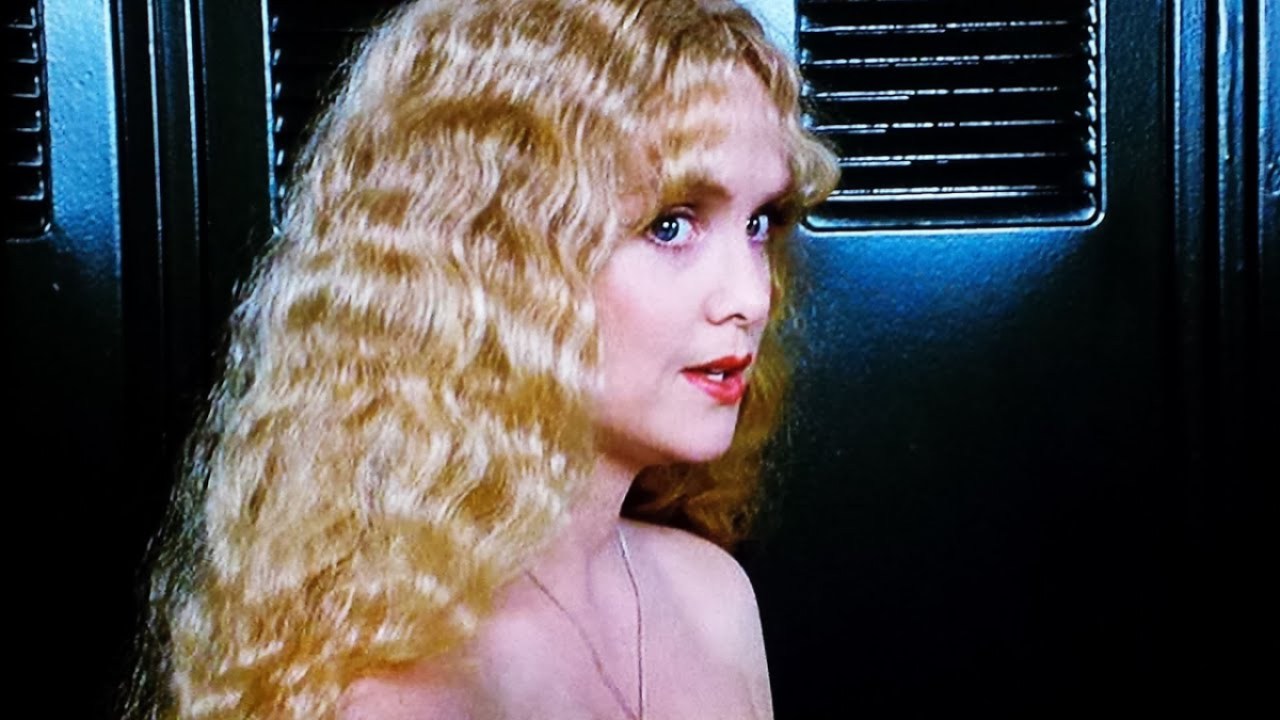
You don’t need to like Prom Night (1980) to enjoy the sequel whatsoever. In fact, the only thing that connects Hello Mary Lou: Prom Night II to the first film is the title and the high school setting. The film focuses on the spirit of a promiscuous teenager named Mary Lou Maloney (Lisa Schrage) who possesses a timid high school girl. Mary Lou Maloney can definitely be read as bisexual (there’s a shower scene that hints at it) and she comes across very fluid. There’s a queer sensibility present throughout Hello Mary Lou: Prom Night II and that’s likely due to screenwriter Ron Oliver, who is gay. It’s a fun watch and there are deeper themes underneath the schlocky moments, including a memorable locker death scene.
1. Hellraiser (1987)
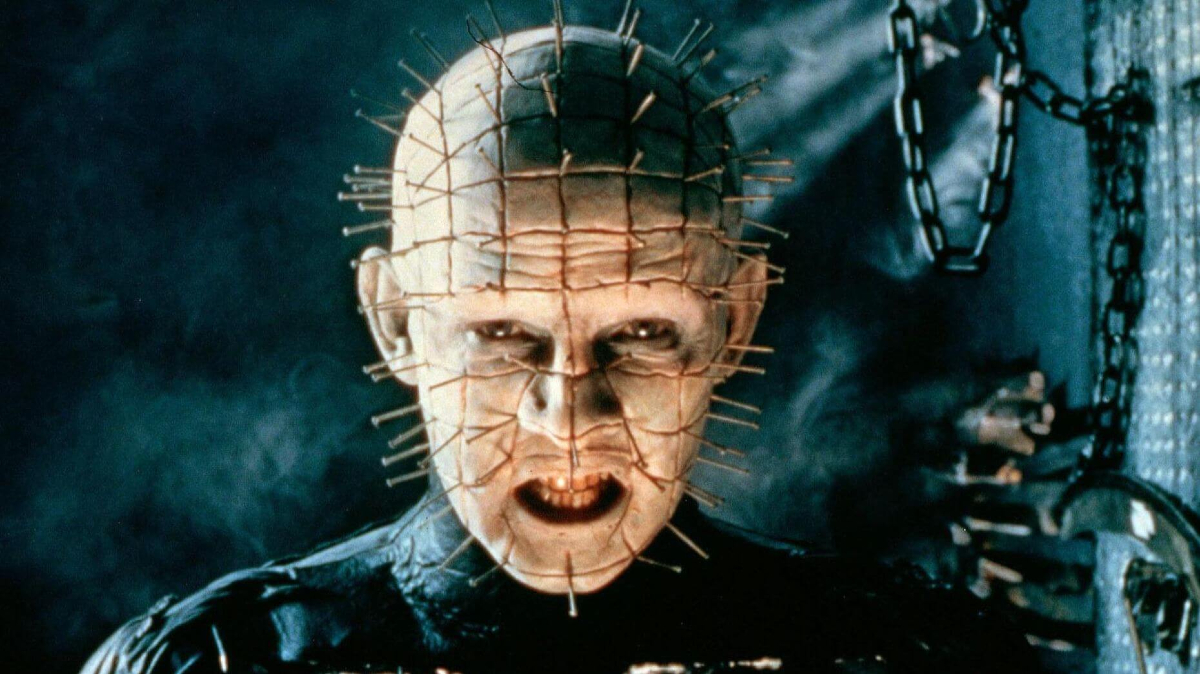
This list wouldn’t be complete without Hellraiser (1987), which was based on writer and director Clive Barker’s novella The Hellbound Heart. The plot follows Frank (Sean Chapman), a sadomasochist who uses a puzzle box that opens a portal and summons extra-dimensional masochistic beings known as Cenobites—who tear Frank apart. When Frank’s brother moves into his old house with his wife Julia (Claire Higgins), with whom Frank had an affair, Frank convinces her to lure men back to the house so he can use their blood to rebuild his body. Clive Barker being a gay man himself certainly adds to the queerness of Hellraiser. The Cenobites—especially Pinhead—are likely what homophobes picture if you mention queer BDSM, but the subtext of this film explores repression and the complicated nature of pain and pleasure, which are intertwined. By exploring sexuality in a way that challenges what was normal, Barker made a gory, fun, iconic queer horror film.
(featured image: Ciné Vog Films / Universal Pictures / United Artists / MGM)



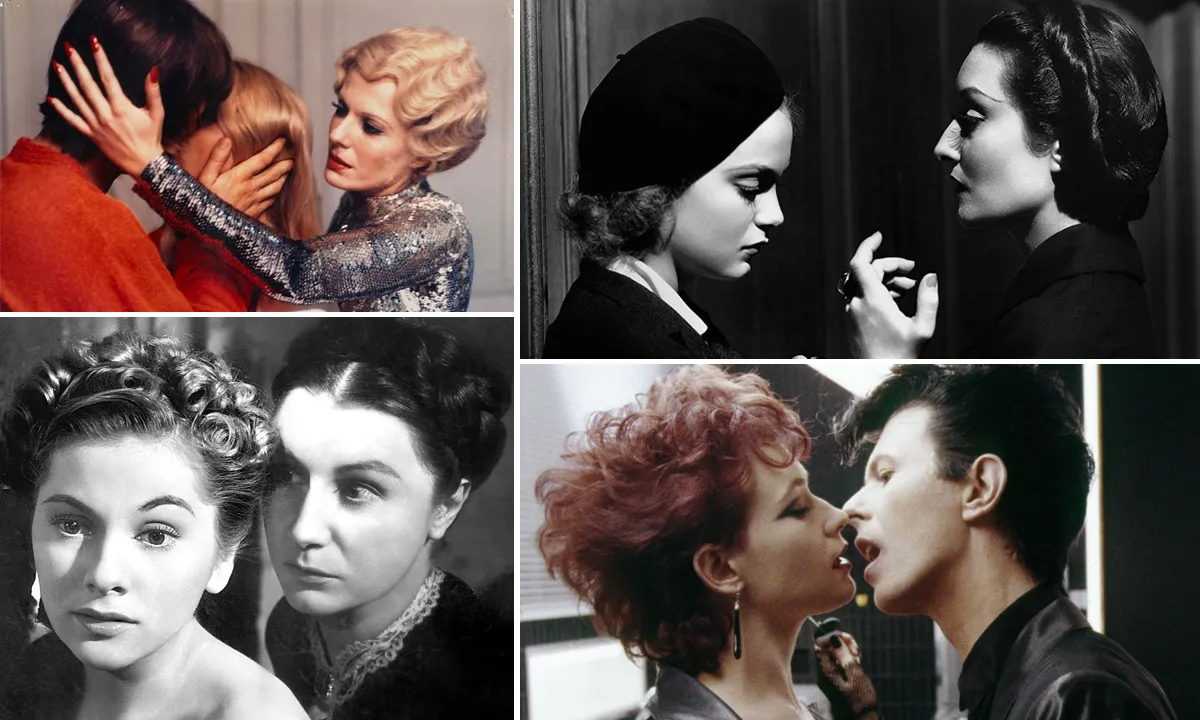




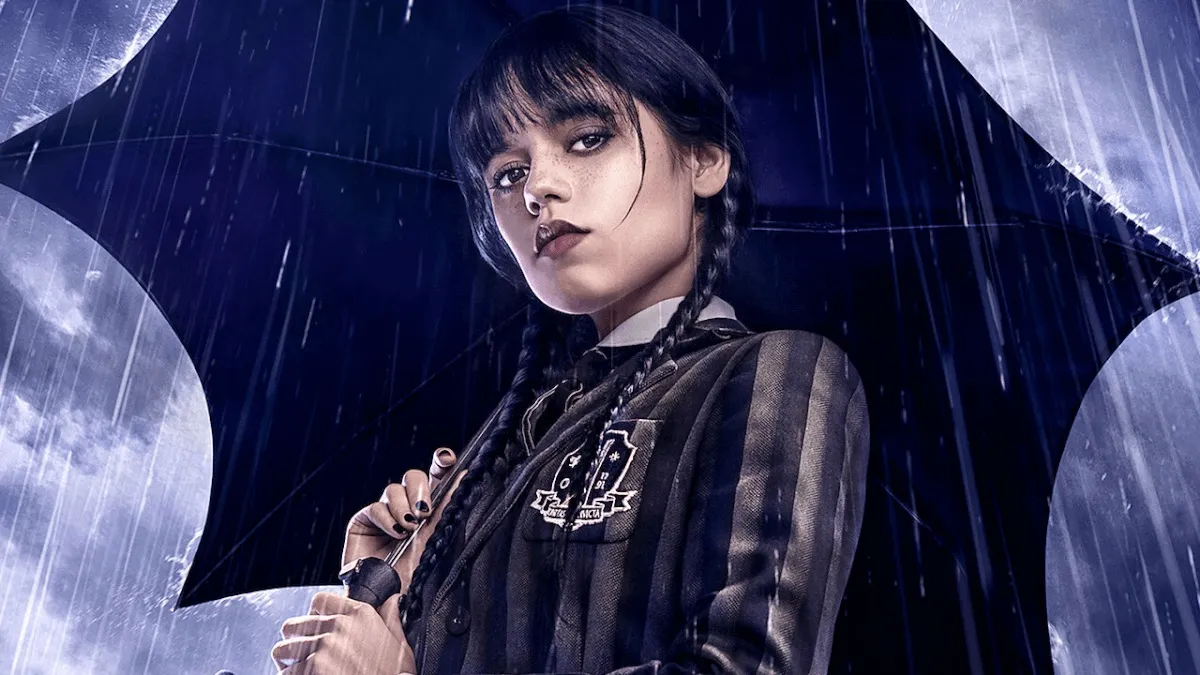
Published: Jun 20, 2023 07:09 pm